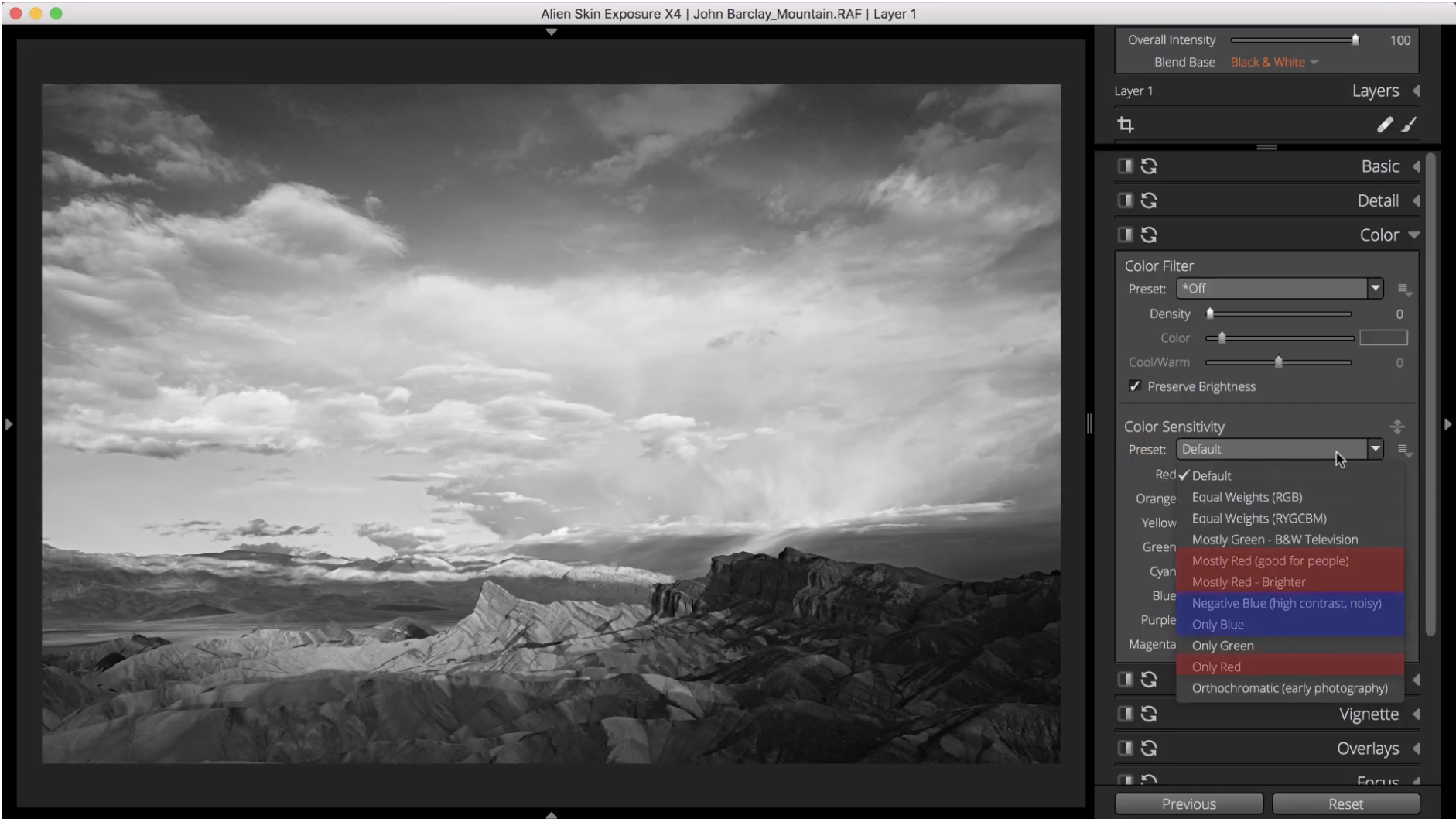


Now you can click the "monochrome button" and adjust the sliders until the image looks like you want it to.Ĭhurch of zebra #2 by Flickr user mugley But what exactly do I want it to look like? Instead of clicking that "black and white adjustment" button, you can click on the "channel mixer" button instead (that's the multi-colored one that looks a little bit like the universal recycling symbol). I know your image is now in black and white, but that underlying color data is still there, and that's what you'll use to tweak the image. Now use the color sliders (that's right, the color sliders) to adjust the tones. Now click on the "black and white adjustment" button (it's a square divided into two diagonal portions, one black and one white). Once your file is open and staring back at you in all its colored glory, open up the "Adjustments" window. But the happy news is that the conversion process really isn't very difficult once you know what to do. Sadly, while this is certainly the easiest method it really isn't any better than using your in-camera black and white mode. If you've spent enough time in Photoshop or other post-processing software, you may be tempted to just open up your photo and select "convert to greyscale." There, done. NYC #7 by Flickr user Thomas Leuthard The conversion: getting the image right

That way your post-processing software has everything it needs to produce a great black and white image. So when you're shooting with the intention of converting to black and white, shoot in RAW.

We know that when it comes to a photographic image, there is no such thing as "unnecessary information." You need to have that higher dynamic range in order to get an image with a good range of tones, from black to white and everything in between. That's because the JPG is by its nature a compressed format, which means that when saving a JPG image your camera throws out information it deems to be unnecessary in the interests of creating a smaller file. If you rely on this mode your photos will have that flat factor - a bunch of muddy, ugly grays where there used to be color.īut shooting color JPGs and converting them in post-processing isn't the answer, either. The processor in your camera just isn't very good at taking that color scene and converting it to a range of tones that make for a pleasing black and white image. They seemed flat and lifeless, didn't they? That's because your camera's black and white mode is really not the best way to capture a stunning black and white image. So now that I've convinced you that black and white photography is worth pursuing, you may be thinking about those black and white images you've already taken with your camera's "black and white" mode, back in the days when you were experimenting with all the things your camera could do. (or how to create a great black and white image in the digital era) And that's not a bad thing - it's an excellent challenge for anyone who is interested in improving their composition skills in particular and their photography skills in general. Instead, black and white photographers have to rely on the content of the image to convey emotion. Without those blues and greens, we don't feel that peace and tranquility that cool colors often make us feel. Taking away that color also takes away the emotions that color conveys - without those warm reds and oranges, we don't feel that excitement and optimism that we often feel when looking at colors on that end of the spectrum.


 0 kommentar(er)
0 kommentar(er)
